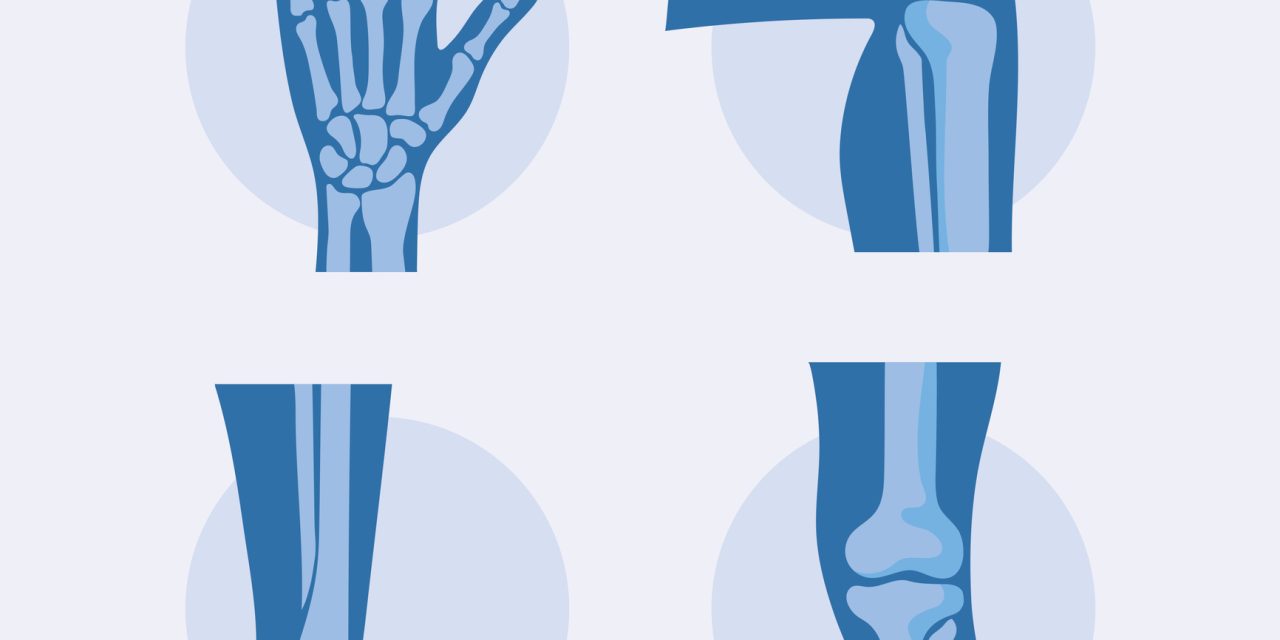Antiphospholipid syndrome (APS) is an autoimmune disorder characterized by the presence of antiphospholipid antibodies (aPL) (lupus anticoagulant, anticardiolipin antibodies and anti-beta2glycoprotein I (anti-β2GPI) antibodies) and a plethora of macro- and micro-vascular manifestations, affecting predominantly young adults. Cardiovascular events are the leading causes of morbidity and mortality in APS. APL-mediated thrombo-inflammation and atherothrombosis are emerging pathogenetic mechanisms of cardiovascular disease (CVD) in APS, involving endothelial cell and monocyte activation, cytokines and adhesion molecules expression, complement and neutrophils activation, neutrophil extracellular traps formation, platelet cell activation and aggregation, and subsequent thrombin generation, in parallel with an oxidized low-density lipoprotein (oxLDL)-β2GPI complex induced macrophage differentiation to foam cells. High risk aPL profile, especially the presence of lupus anticoagulant and triple aPL positivity (all three aPL subtypes), co-existence with Systemic Lupus Erythematosus (SLE), as well as traditional risk factors such as smoking, hypertension, hyperlipemia and obesity are associated with both subclinical atherosclerosis and cardiovascular events in APS. Increased awareness of CVD risk by the physicians and patients, regular assessment and strict control of traditional risk factors, and lifestyle modifications are recommended. Use of low-dose aspirin should be considered for cardiovascular prevention in asymptomatic aPL carriers or SLE patients with high-risk aPL profile. The role of older agents such as hydroxychloroquine and statins or new potential targeted treatments against immuno- and athero-thrombosis has been demonstrated by experimental and some clinical studies and needs to be further evaluated by randomized controlled studies. This review summarizes the available evidence about the pathogenetic mechanisms and prevalence of cardiovascular events and subclinical atherosclerosis, the interrelationship between traditional and disease-related CVD risk factors, and the cardiovascular risk assessment and management in APS.Copyright © 2022 Elsevier Ltd. All rights reserved.
Cardiovascular disease risk in antiphospholipid syndrome: Thrombo-inflammation and atherothrombosis.


